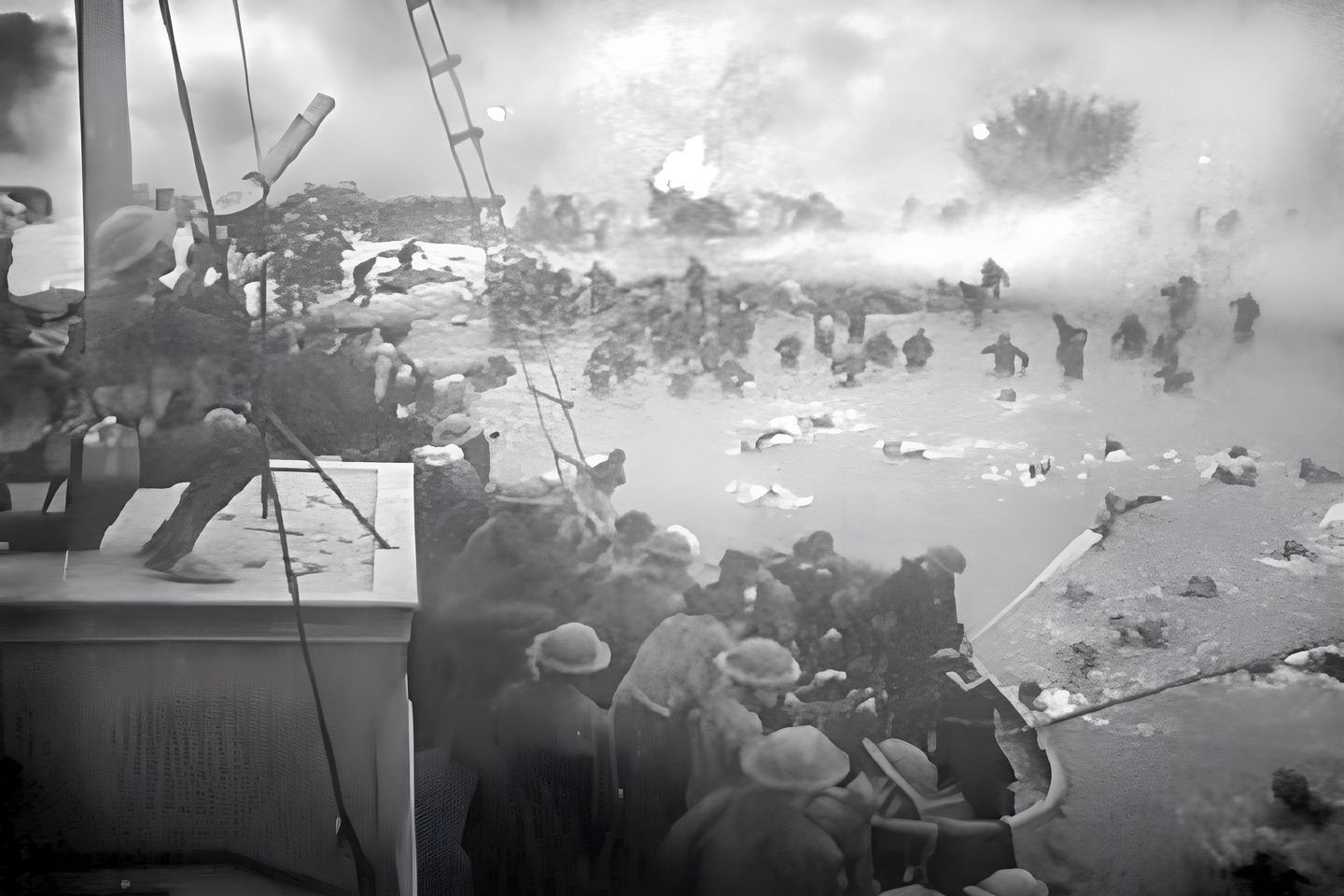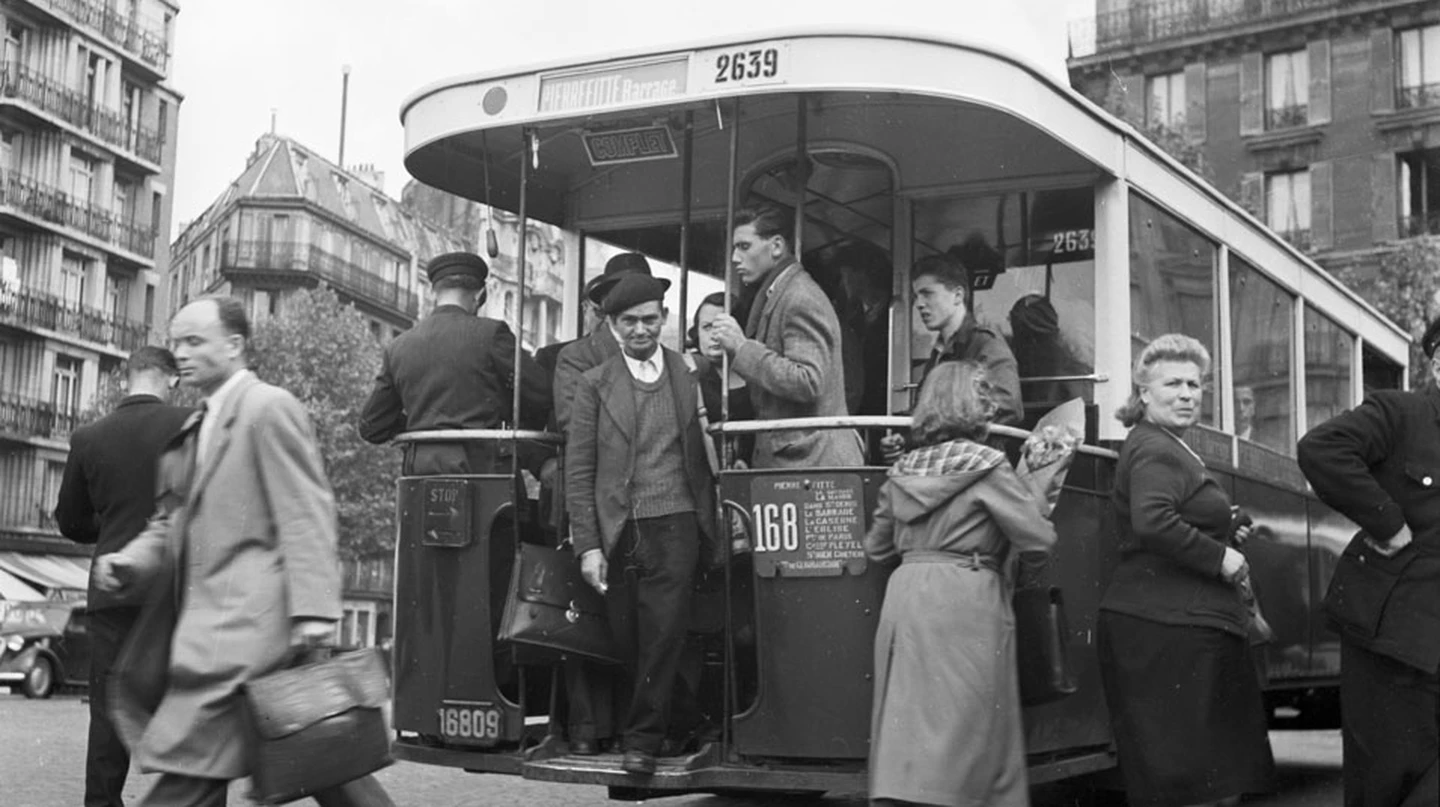The world’s oldest hotel: Hayakawa, Japan, 705

Until 2011, the world’s oldest hotel (and the oldest company overall) was considered to be the Japanese traditional inn, Ryokan Hoshi. It was opened in the city of Komatsu in 717 AD and for 13 centuries offered visitors accommodation near hot springs. The Guinness World Records awarded it the title of the oldest hotel in 1994. Following this, Hoshi joined the so-called “Enoch” club, which unites companies that are over 200 years old.
However, in 2011, the Guinness World Records reconsidered their decision and gave the title of the oldest hotel to the Nishiyama Onsen Keiunkan ryokan in the village of Hayakawa in central Japan. This hotel, established in 705 AD, has been owned by the same family for 53 generations and remains a classic ryokan, offering traditional services, furnishings, and hot spring baths.
The world’s oldest bank: Monte dei Paschi di Siena , Italy, 1477
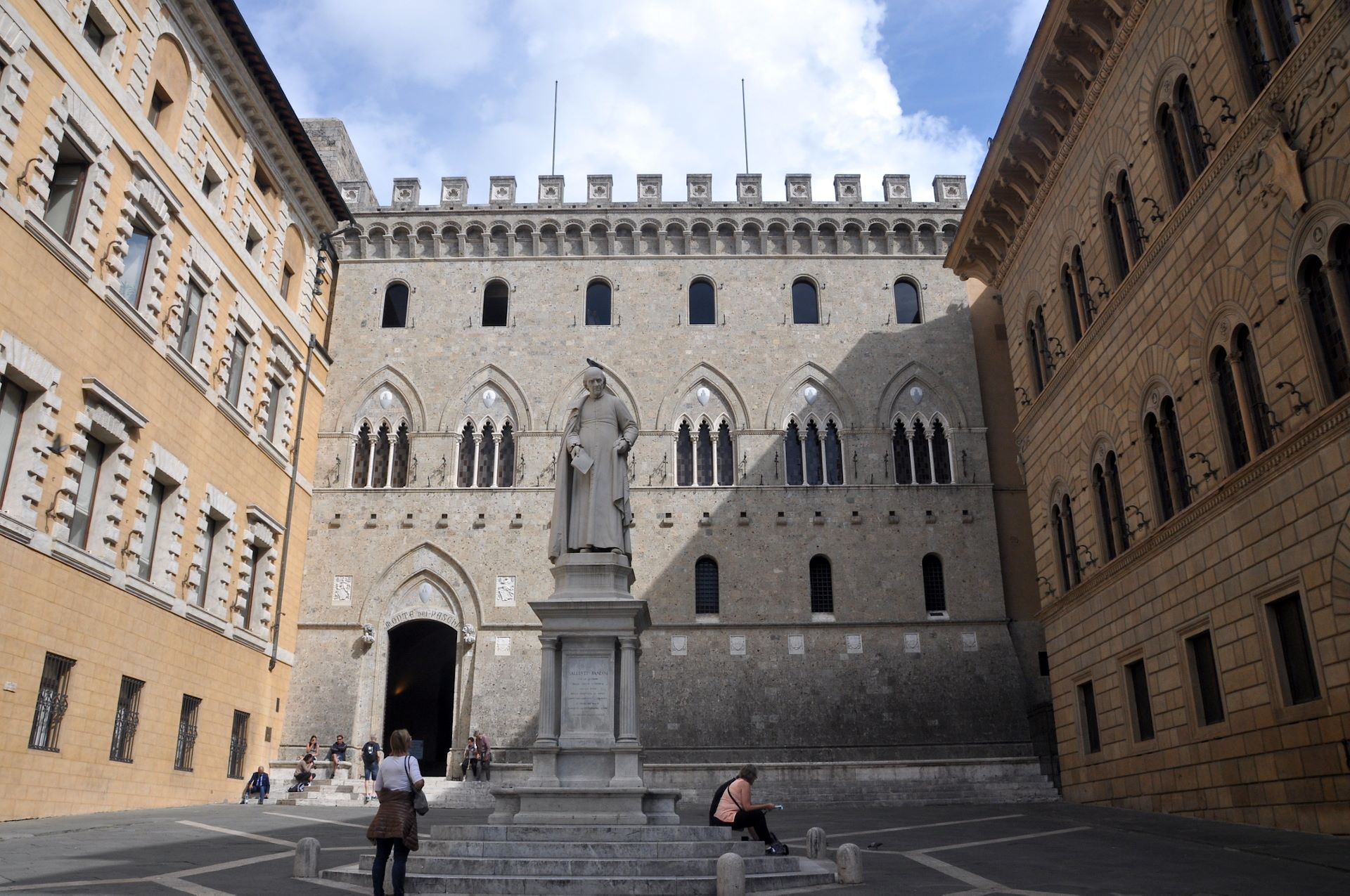
Banca Monte dei Paschi di Siena was founded in 1477, nearly 120 years earlier than its closest competitor on the list of the world’s oldest banks, the German Berenberg Bank. The bank was established in the Republic of Siena—an Italian city-state that existed from the 12th to the 16th century and was considered one of the largest financial centers in the Italian territories. Banking had been flourishing there since the 12th century, with the city’s banking houses operating throughout Western Europe, providing loans to the Vatican, emperors of the Holy Roman Empire, and the French royal court.
Banca Monte dei Paschi di Siena was created in the twilight years of the Republic of Siena and initially functioned as a monte di pietà—a type of charitable pawnshop where a person could borrow money by leaving property as collateral worth one-third of the loan. If the borrower failed to repay, only that portion of the property was sold at auction, and no further measures were taken. For a long time, the church supported such monte di pietà, as it disapproved of usury and encouraged financial assistance to the needy. However, by the 17th century, Monte dei Paschi di Siena had transformed into a full-fledged bank and underwent multiple reorganizations. Today, it has branches in 20 cities across Italy and is known for its extensive collection of Italian paintings amassed over the bank’s history.
The world’s oldest pharmacy: Town Hall Pharmacy, Estonia, c. 1420
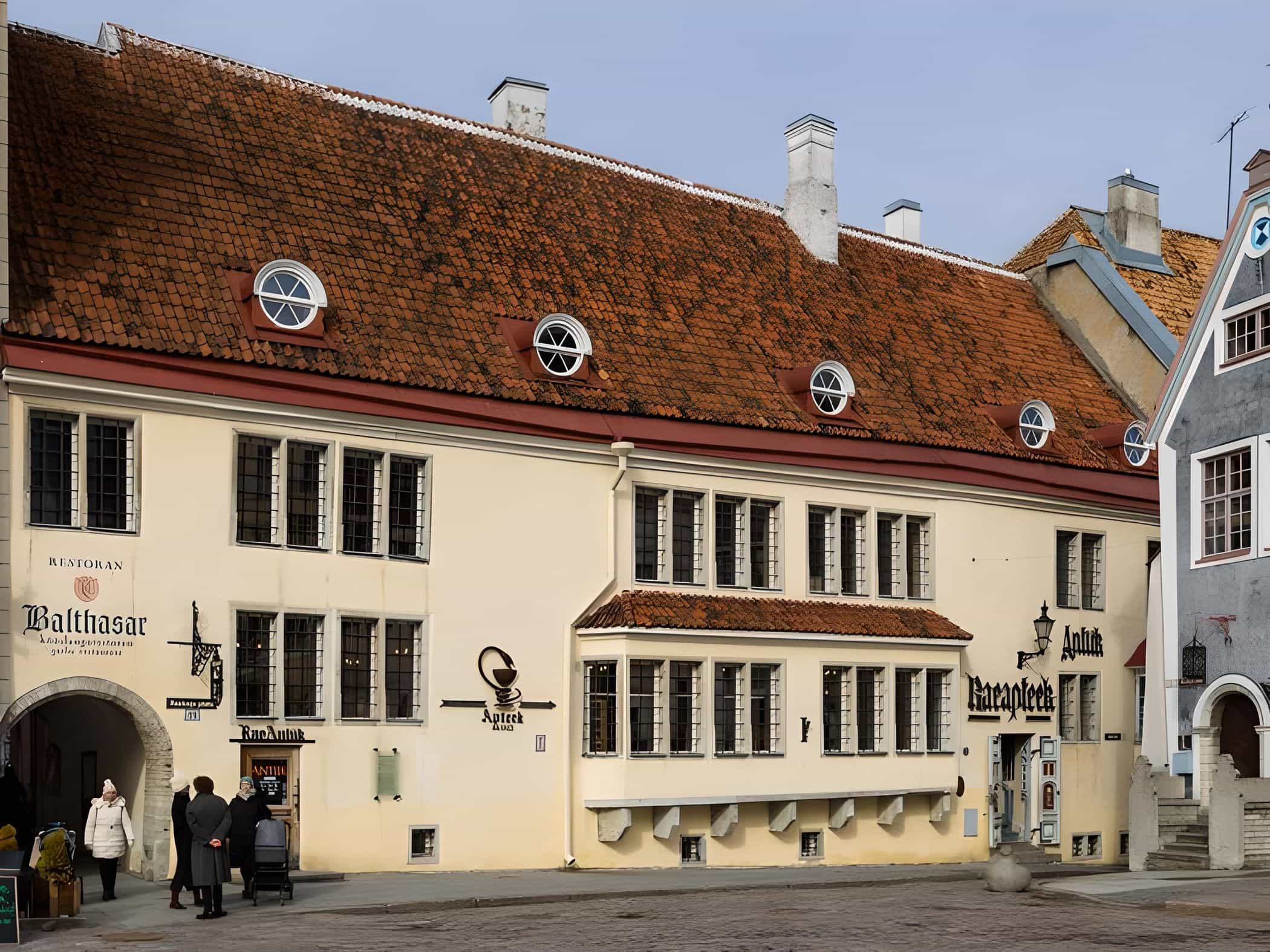
The Town Hall Pharmacy (Estonian: Raeapteek) has been located on the Town Hall Square in Tallinn since at least 1422. Over six centuries of its existence, it has changed ownership dozens of times. The most notable owner was Johann Burchart Belavary de Sykava, originally from Hungarian lands. A chemist and doctor, he moved to Tallinn in the 1580s, and in 1583, the city council appointed Burchart as the chief pharmacist of Tallinn, leasing him the Town Hall Pharmacy.
For over a century, his descendants leased the pharmacy from the city until 1688, when Johann Burchart IV managed to buy it. The enterprise was passed down through the family until the mid-19th century. However, in the 1890s, Johann Burchart X passed away without a male heir, and his sisters were forced to sell the business in 1911. After changing hands several times and being state-owned at one point, the pharmacy reopened at its original location in 2003 following a long renovation.
The world’s oldest watchmakers: Gallet & Company, Switzerland, 1466
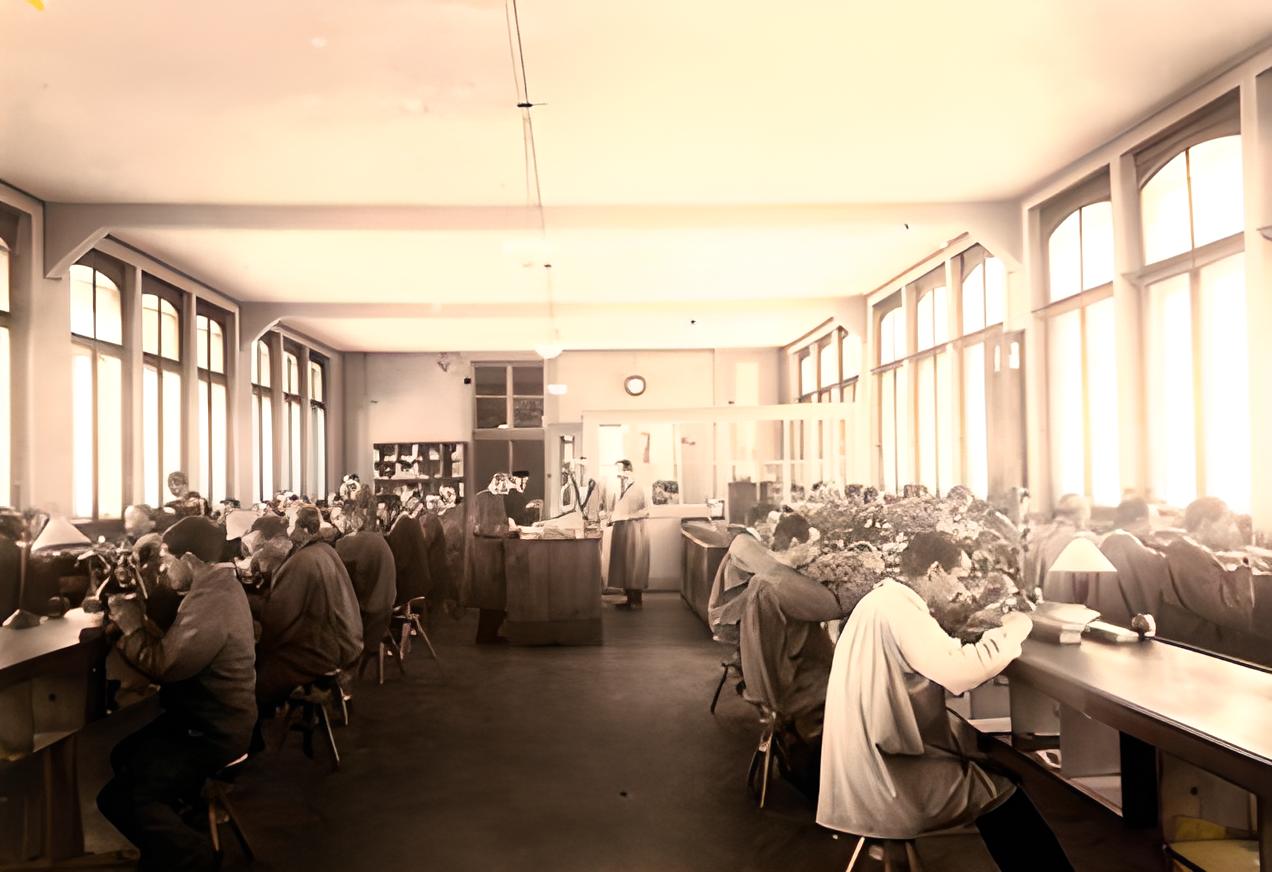
Little is known about Humbertus Gallet, considered the founder of Gallet & Co. In 1466, he was granted the right to live in Geneva, where he began practicing watchmaking, which he later passed on to his son. Several generations of the Gallet family continued making watches, and in 1826, a direct descendant of Humbertus Gallet, Julien Gallet, officially registered the trademark and moved the company from Geneva to the Swiss city of La Chaux-de-Fonds, known today as a factory-town for watchmaking, where about a third of the working population is employed in the watch industry. This fact even led La Chaux-de-Fonds to be mentioned in Marx’s “Capital,” where he analyzed the division of labor in the city’s watch factories.
From the late 19th century, Gallet & Co. began to consider the United States as its primary market. The factory’s most famous model, the Flying Officer Chronograph, was created in 1939 at the request of Harry Truman (then a senator from Missouri) for combat pilots. One of its unique features was a rotating bezel with city names, which allowed pilots to easily calculate time zone changes. Truman himself, who became the President of the United States in 1945, also wore these watches, and they are now housed in his museum.
The world’s oldest newspaper: Post- och Inrikes Tidningar, Sweden, 1645

The newspaper Ordinari Post Tijdender (“Regular Mail Times”) was founded by order of Swedish Queen Christina in 1645, nine years after the establishment of the Royal Post Office, which also still exists today. Initially, the newspaper was the main source of news in Sweden, and collecting these news items was largely assigned to local postmasters, who were instructed to gather all news that came their way and send it to the editorial office. The same post offices were responsible for distributing the newspaper; they were obliged to display fresh issues in public places.
In 1821, the newspaper merged with another Swedish newspaper, Inrikes Tidningar (“Domestic Times”), resulting in a new publication called Post- och Inrikes Tidningar (“Post and Domestic News”). Afterward, the newspaper underwent two more significant changes: in 1922, unable to compete with commercial newspapers, it began publishing only government decrees and court decisions, and since 2007, it has been available only in digital form.
The world’s oldest shipbuilders: Camuffo, Greece, 1438
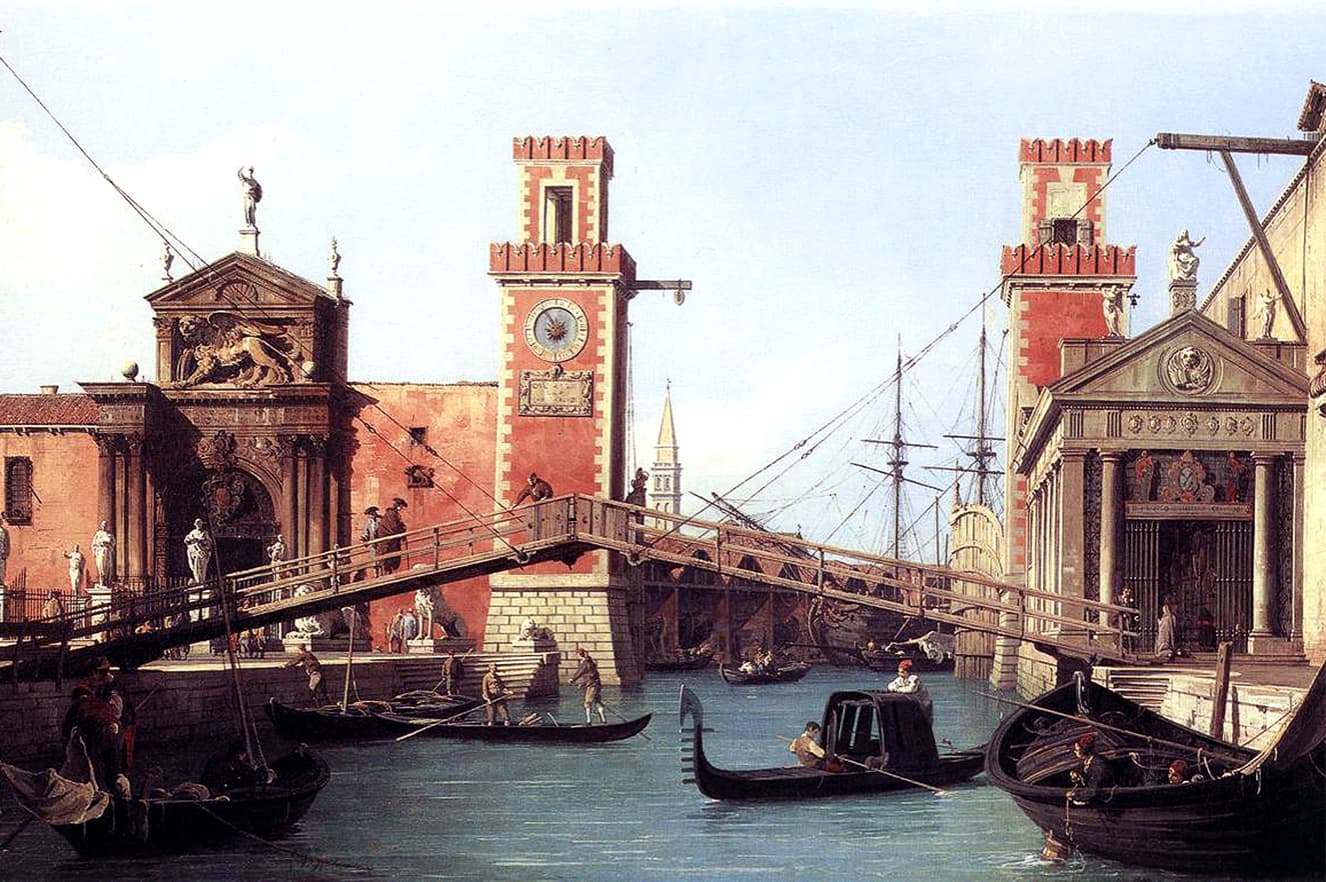
Camuffo, the oldest shipbuilding company still in operation today, was founded in 1438 on the island of Crete, which then belonged to the Republic of Venice. After the fall of Constantinople in 1453 and the strengthening of the Ottoman Empire in the Aegean Sea, the founder’s son moved the shipbuilding operations to Chioggia, near Venice. At that time, Chioggia was the largest trading port in the Adriatic Sea, and Camuffo craftsmen ensured orders for the construction of fishing boats, barges, pleasure boats, and transport vessels in the Venetian style for several hundred years.
Today, the company, owned by 18 generations of the same family, produces only three models of motor yachts ranging from 18 to 20 meters in length. Even now, the construction of these yachts involves the use of many valuable types of wood, earning Camuffo the nickname “the Stradivarius of the Sea” from industry journals in the second half of the 20th century, a title they still use in their marketing materials.
The world’s oldest carrier: Shore Porters Society, Scotland, 1498

The Shore Porters Society of Aberdeen, Scotland, was founded six years after Columbus’s first voyage to America, and its name has remained unchanged since then. For a long time, the company was simply an association of Aberdeen harbor workers, but by 1666, it had grown so large that two divisions were created: a transport management division, which owned horses and carts, and a property and warehousing department.
Until the mid-19th century, the Shore Porters Society was owned by the Aberdeen city council, but then the company became a private partnership, which slightly altered its profile. Today, in addition to transportation services across the UK, porter services, and home moving services, the company also specializes in the expert transportation of antiques and artworks. Its services are used by both private buyers and auction houses.
The world’s oldest gunsmiths: Bartolomeo Beretta, Italy, 1526

The history of Beretta began in 1526 when gunsmith Bartolomeo Beretta from Gardone, Italy, received an order from Venice for 185 barrels for arquebuses — smoothbore matchlock guns. For this, he earned 296 Venetian gold ducats, and the contract that sealed the deal is still kept in the company archives. Later, in 1571, the gunsmiths again served Venice by casting cannons for the Venetian fleet, which took part in the famous Battle of Lepanto.
The battle in the Ionian Sea between the Holy League and the Ottoman Empire ended in a crushing defeat for the Turks, with the Venetians distinguishing themselves heroically. Over the next five centuries, the company, whose owners remained members of the Beretta family, flourished. Today’s head of Beretta, Ugo Gussalli Beretta, is a direct descendant of the founder Bartolomeo Beretta, and one of his two sons is expected to inherit the management of the company in the future.
The world’s oldest publishing house: Cambridge University Press, England, 1534
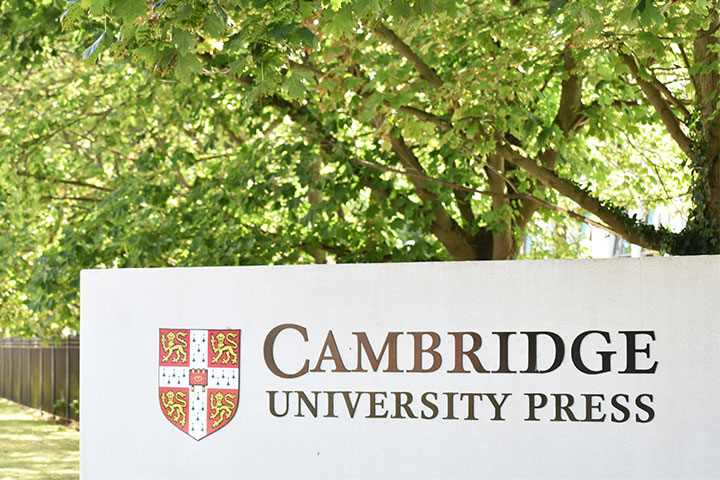
The Cambridge University Press was founded by order of King Henry VIII in 1534, when the monarch granted the university a charter giving it the right to “print all kinds of books.” However, the first printed books appeared half a century later, after Thomas Thomas, a scholar, became the printer of Cambridge. In May 1582, he took office, and the first book — “Dialectica” by French philosopher Pierre de la Ramée — was printed by him in 1585. In 1591, Thomas’s successor, John Legate, printed the Cambridge Bible, which began the centuries-long tradition of Bible publishing by the university.
Since then, Cambridge has published dozens and hundreds of books annually, including works by John Milton and Isaac Newton, as well as scientific periodicals, monographs, reference books, and English textbooks now distributed worldwide. However, it wasn’t until 1992 that Cambridge University opened its own shop in the historic city center at 1 Trinity Street. It is known that various booksellers have traded at this same location since 1581, which leads some researchers to consider this shop the oldest bookshop in the UK.
The world’s oldest manufacturer of musical instruments: Zildjian, Turkey, 1623

Zildjian is often called one of the oldest companies in the United States, although it was established in 1623 in Constantinople. It was founded by an Armenian named Avedis living in the Ottoman Empire, who was engaged in alchemy and, according to legend, sought a way to turn base metals into gold. During one of his experiments, he discovered an alloy of copper, tin, and silver that produced a pure and beautiful sound.
Avedis began making cymbals and chimes from this alloy, which reportedly caught the attention of Sultan Osman II, who gave Avedis the surname Zildjian, derived from the root “zil” (meaning “cymbals”) and the affix “dji” (meaning “maker”), to which the sultan added the characteristic Armenian surname suffix “ian.” Soon after Avedis began making cymbals, Osman II was killed by mutinous Janissaries. For over two centuries, Zildjian’s descendants made various percussion instruments, including military cymbals used to intimidate enemies.
Only in the 19th century did the company fully switch to making musical cymbals, and in the early 20th century, Avedis’s descendants moved to the United States. There, in September 1929, the company was registered under its modern name — the Avedis Zildjian Company, or simply Zildjian. Since then, it has gained worldwide fame and has become a significant part of American musical culture. During World War II, when copper was considered an important strategic resource and its purchase was restricted for companies, the U.S. government granted Zildjian special permission to acquire raw materials.


